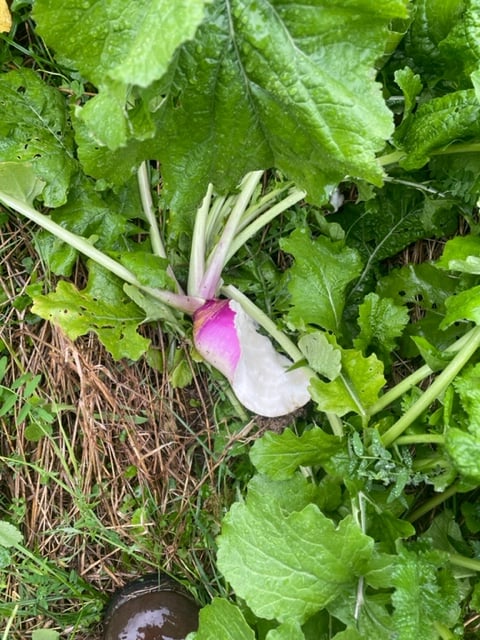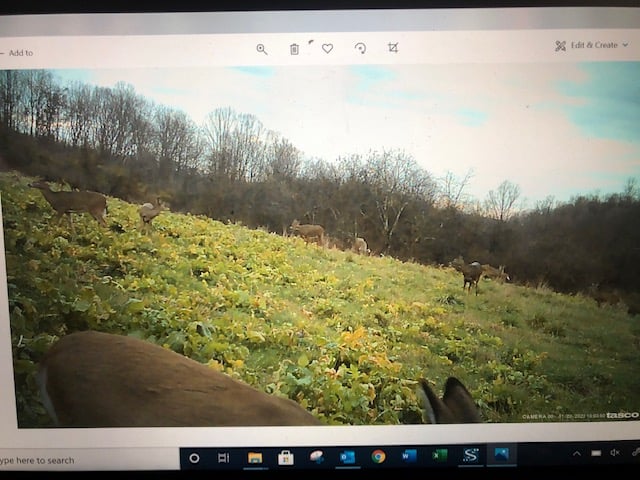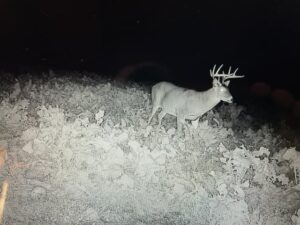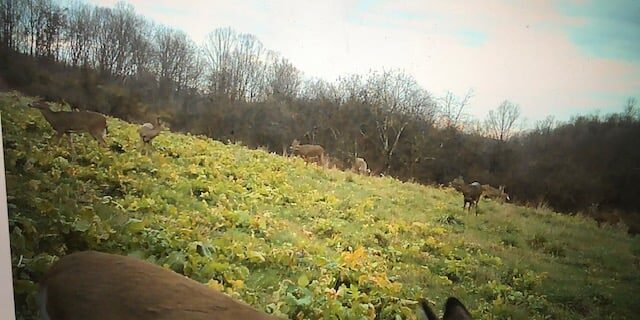Soil Health Friday
It is not uncommon for habitat managers to list their favorite food plot species, only to have the next manager say, “my deer won’t eat that!” – this can make for some interesting debates around the campfire! After years of wondering “why?” I have finally come to a hypothesis, and that is…...it all starts with the SOIL!
There are incredible studies that show the deer’s ability to selectively browse the highest nutrient-dense plants (over a day to balance their rumen) is powerful and specific. So why is it that turnips or other brassicas, for example, are so highly selected in some areas and not in others? I believe it lies in what is assimilated by the plant!
Often with brassica plantings, we have been told to feed these with NITROGEN. If planting brassicas “till in urea”, if they look yellow “give them a shot of N”, and the advice goes on! Oftentimes, this advice can grow some impressive fields, but are the plants nutrient-dense?

Overfertilization has been shown to reduce a plant's ability to communicate with the soil’s microbiome, not to mention much is simply leached or volatilized - wasting money! A similar analogy would be giving steroids to someone, sure they can get enormous muscles but if not done for medical purposes or correctly, there will be consequences and the “gains” won’t be sustainable. Soil is no different!
When we reduce our soil and plant dependence on synthetic fertilizers, we increase our plant’s ability to communicate with the soil's bacterial and fungal populations, increasing their nutrient density and pest resistance. We will also increase our microbial populations, which will lend itself to better nutrient cycling in the future!

This is of critical importance, as our plants now can assimilate more nutrients, in less stressful forms, and easily convert these nutrients to plant proteins FAR more efficiently. By doing this, and optimizing our soils and the plant's synergistic relationships – we will increase the nutrient densities of our plants (this can be shown in Brix readings or full tissue analysis).As we increase our soil health through the diversity of cover crop mixes, such as the Vitalize Seed system – we can reduce our reliance on fertilizers. We can cycle nutrients to feed the next crop and grow healthier plants. The whitetail is not necessarily drawn to the type of crop, but more so the soil from which it is derived - diversity is king!
On my farm, I have folks a couple of miles away telling me they cannot get deer to eat brassicas. I am watching 10+ deer a night pile into a field to eat our highly diverse mixes, with brassicas included. Good soil health practices lead to healthier plants which leads to heather wildlife.
A very diverse & economical seed mix --> www.vitalizeseed.com

Build Better Soil –AT

